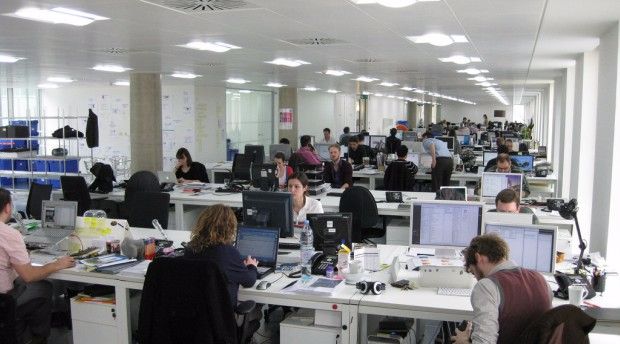Lack Of Paid Sick Days For Workers Costing Economy Big: The Bill Could Be As High As $160 Billion
Post Views 11
The Bureau of Labor Statistics reports that “Hispanic workers are less likely to have access to leave (43 percent) than are non-Hispanic workers (61 percent).” Hispanic workers often work in farms and as caregivers and there is a risk of them infecting their colleagues if they go to work.
There is an acute shortage of caregivers, which is further accentuated with the retiring boomer generation, increasing the number of people needing caring. Caregivers are denied basic benefits, making this a less attractive field and making them dependent on immigration labor.
The National Partnership for Women and Families in their report called ‘Support Paid Sick Days’ say, “Nearly two in five private sector workers — about 40 million people — don’t have a single paid sick day to recover from common, short-term illnesses. Millions more lack paid sick days to care for a sick child.”
The report says that not allowing paid leave is actually disadvantageous to the economy. It raises health care costs as workers seek help only when it is not possible to put it off any more. They could also spread contagious disease and infect workers who they come into contact with.
Moreover, many workers gives such jobs the go by and seek jobs that allow these benefits, leaving employers and communities without workers’ skills and disposable income.
A study of Connecticut’s policy of allowing 5 days of sick leave showed that, even if the employee used all the 5 days, it would cost the employer only around 0.4 percent of their sales revenue. Each year, employees who report for work, even though unwell, since they don’t have paid sick days, cost the country $160 billion, primarily because of lower productivity levels and increased health care later.
Elisa Batista a blogger wrote, “According to a study released last month, 5 million fewer cases of HINI — a worldwide pandemic that claimed at least 11,000 lives in the United States — could have been prevented if workers had the right to paid sick days.”
Only a few cities allow workers paid sick time, usually an hour for every 30 hours put in. A study of the paid sick law in San Francisco showed that its job growth was comparatively better than its neighboring areas.
The findings are in direct contrast to what the U.S. Chamber of Commerce and other business interests that claim that the employees would take undue advantage of such a provision and “abuse the system.” The report says that employees used less than 50 percent of the days that they had accumulated.
If only the Congress were not to sit on legislation called Healthy Families Act, legislation that would require employers with 15 or more employees to provide up to seven paid sick days a year, caregivers and others of their ilk would not be at such a disadvantage.
Business interests should not be allowed to come in the way of implementing these reforms. Home care workers are at times the only support and care the elderly and people with disabilities have, to enable them to lead a life of some comfort and dignity.
It is important that the home care workers are provided protection under the law and dignified working conditions, the costs of not giving them paid sick leave are far higher than what we are assuming we are saving.
Lack Of Paid Sick Days For Workers Costing Economy Big: The Bill Could Be As High As $160 Billion by Harrison Barnes


 Is Music in the Office Appropriate?
Is Music in the Office Appropriate?  The New Trend of Defamation Lawsuits
The New Trend of Defamation Lawsuits  Generation Y is Changing Corporate America
Generation Y is Changing Corporate America  When to Visit Human Resources
When to Visit Human Resources  The 6 Top Benefits Millennials Are Asking For
The 6 Top Benefits Millennials Are Asking For  10 Ways to Express Your Company Culture
10 Ways to Express Your Company Culture  Top 10 Most Popular Granted Employer Articles of 2017
Top 10 Most Popular Granted Employer Articles of 2017  Top 4 Most Effective Management Styles & How to Use Them
Top 4 Most Effective Management Styles & How to Use Them